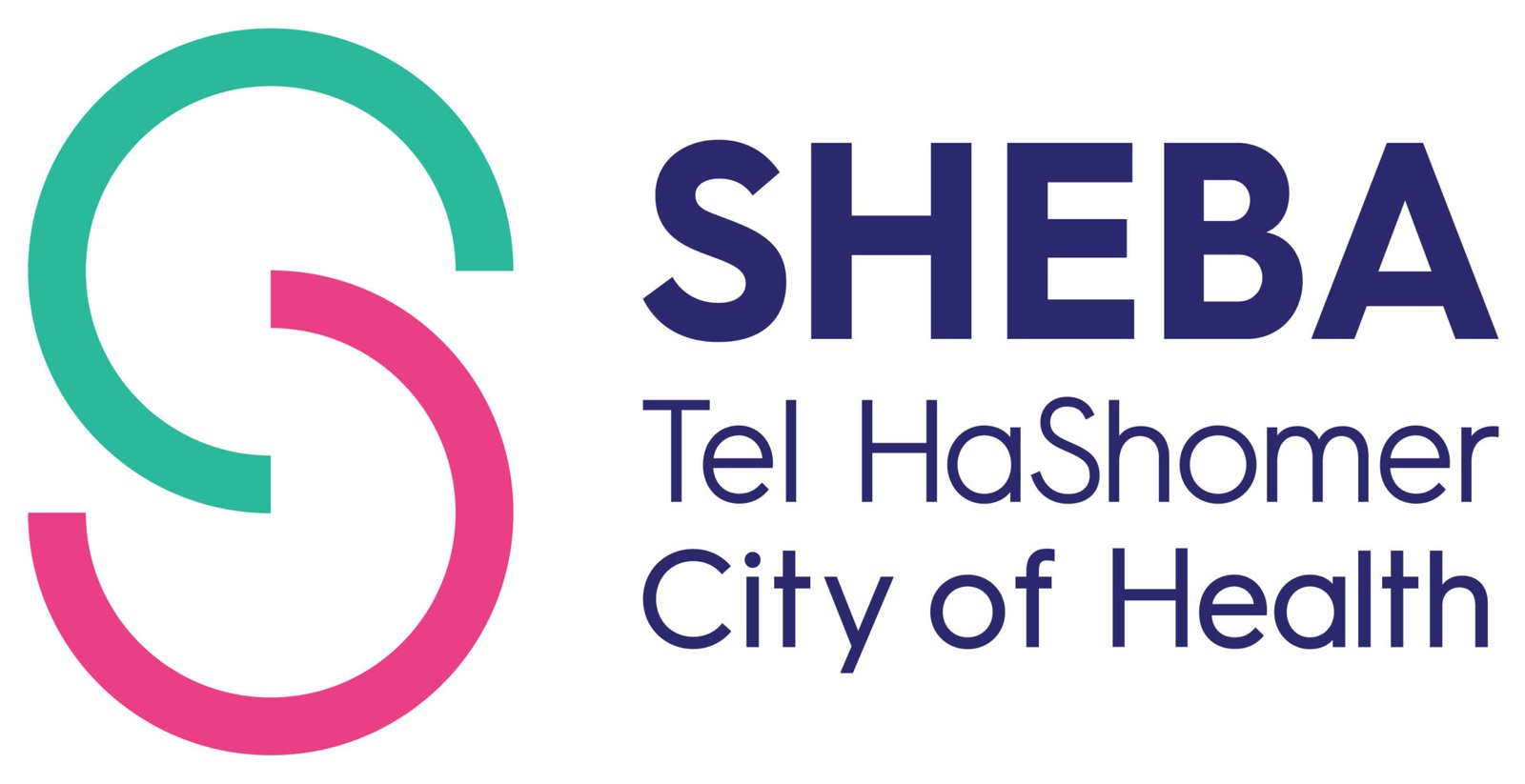The grant details:
EIC Pathfinder supports the exploration of bold ideas for radically new technologies without topic limitations. It welcomes the high-risk / high gain and interdisciplinary cutting-edge science collaborations that underpin technological breakthroughs.
- Minimum of 3 partners from EU/EU-associated countries
- 3M Euro for a project of about 3 years, with 100% funding + 25% overhead
- The goal is to move from TRL 1/2 to TRL 3/4 (see attached for definitions)
- A signed MOU should include a breakdown of the budget, tasks, and IP
- Deadline on 21 May 2025, we expect results ~October and projects to start ~January 2026
- One stage, 20 page submission
Summary of Project at Sheba:
We aim to harness the potential of RNA-based therapies to address ultra-rare diseases, both through personalized treatments tailored to individual patients and an “off-the-shelf” approach designed for small patient cohorts with unmet medical needs. Our lab has extensive experience across the full pipeline required for compassionate use of individualized antisense oligonucleotide (ASO) therapies. This includes preclinical research and development, coordination of in vivo toxicity studies, and managing clinical-grade manufacturing processes. By developing a streamlined and scalable platform, our mission is to accelerate this pipeline, enabling efficient delivery of innovative treatments to underserved patients and improving their quality of care.
Collaboration Opportunities
To advance and expand this initiative, we are seeking partnerships with experts, institutions, and organizations in the following areas:
- Natural History Data Collection: Collaboration to gather longitudinal clinical data and natural history information for specific ultra-rare indications. These data are essential for understanding disease progression, identifying biomarkers, and informing clinical trial design.
- ASO Design and Optimization Using AI: Partnerships with computational biology and AI experts to leverage cutting-edge technology for designing and optimizing antisense oligonucleotides, improving efficacy and reducing off-target effects.
- In Vivo Toxicity Studies: Collaboration with CROs (Contract Research Organizations) or research teams specializing in in vivo models to assess ASO safety profiles and ensure a smooth transition to clinical development- rodents for toxicity and rabbits for ocular indications.
- Key Opinion Leaders (KOL) and Patient Advocacy Groups: Engagement with disease-specific experts and advocacy organizations to guide research priorities, amplify patient voices, and co-develop meaningful therapies tailored to community needs.
- Collaborative Research Labs: Partnerships with research laboratories focusing on specific diseases, such as MPS3A (a lysosomal storage disorder) and others to further develop RNA-based therapies targeting high-priority indications.

